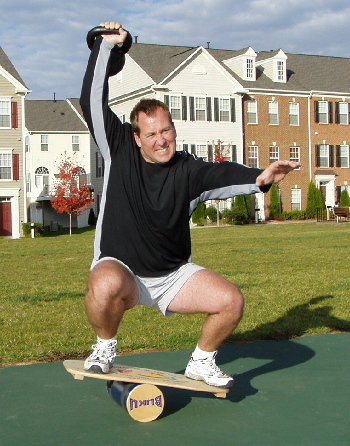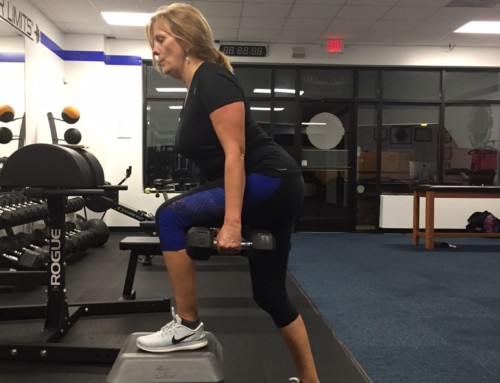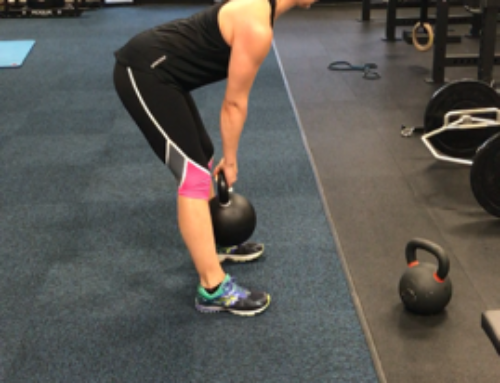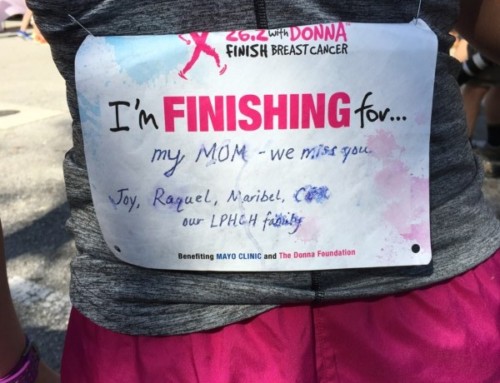Upon finding this article on T-Nation, I realized I had my own opinion on this topic. Hardly a day goes by that I don’t hear about a local gym hurting another participant. I constantly hear people, usually women, that think they should be doing countless hours of cardio based workouts in order to reach their goals. “If I want to lose weight I must do hundreds of burpees, box jumps, run 20 miles a week, or lunge a mile.”
In my opinion, the biggest problem right now in the fitness industry is LARGE GROUP CLASSES with under qualified trainers instructing. It’s not just that the class size is too big, because that could be fixed with multiple trainers, but it’s all high intensity every single day. Here are my problems (and any knowledgeable trainer’s) on what’s wrong with this type of setting.
- Intensity is encouraged more than proper form. Most of us are competitive so we are going to push ourselves when our “classmates” are doing the same. We will risk injury in order to get the same weight as our stronger friend. Only the most experienced exerciser knows what is too much for their body so they put all of their trust in the trainers leading the class. This can lead to many injuries along with plateaus from overtraining.
- Clients are constantly told to keep pushing, “Only 30 more seconds! You can do it! 5 more!” What if the form is already failing? Do they still need to complete 5 more bad reps?? I’m ok with using timed sets, but form has got to be the most important aspect being taught. Proper from should be stressed for every rep.
- One trainer cannot instruct 20 people at one time. Maybe I just care more about my clients doing things right. I like to be able to correct movements, give cues, and give a little individual attention throughout the workout. If these clients were absolute experts, it may be different. However, 99% of clients are not experts and it should be up to the “expert” teaching the class to make sure almost every rep is done correctly.
- Organization or lack thereof becomes more important than the actual order of exercises. Due to lack of equipment or space, the trainer drawing up the workout thinks of how they can organize the workout most efficiently rather than prescribing the best exercises for the group. This is a challenge for any small gym, and this is part of the planning process that goes into each workout. Any trainer worth their merit will know that there is a general order exercises should be performed in. Foam rolling, dynamic stretching, activations, general warm-up, compound exercises, isolation exercises (if needed), finished up with some conditioning is a good place to start.
- Total calories burned is stressed more than proper order and execution of the workout. Heart rate monitors are a great accessory to a workout. Where people misuse them is when they start comparing their heart rate to others and think they have to push harder to get their heart rate up. The truth is, the better shape you get in, the harder you have to work to get your heart rate up. If your heart rate is at 150bpm during a general warm-up, then you have a lot of work to do! On the screen you are burning more calories, but in reality you are so out of shape that a few dynamic stretches and 2:00 jog have your heart rate skyrocketing. Measure progress by movements improving, weights going up on lifts, and fat loss. How high your heart rate gets on a screen is irrelevant when compared to the results mentioned above.
- Everyone trains like an professional athlete. WHY???? Why would I train a 55 year old sedentary female the same way I train my superstar high school football player? Thing happen as we age. Physiology, goals, mobility, strength, and recovery are all different. Now don’t get me wrong, the basics are still the basics. Every client should progress towards those basics including squats, push-ups, pull-ups, lunges, deadlifts and others. How these exercises are performed though are going to look very different though. Also, let’s be honest, in a big group setting are you really taking the time to address individual needs in order to get them into a better squat? Often times, it takes more than just a simple cue. It may take weeks or rolling, mobility and strengthening exercises. This can be instructed to the client to do before the workout if you know the client’s needs.
- Agility and plyometrics are overused. Repetitive stress injuries such as tendonitis are the norm in these classes. Sadly so are ACL and labrum tears. How many people will it take getting hurt in your gym before you realized there is a problem!? If you find yourself doing box jumps when you are exhausted, 30 minutes of ladder drills
- Creativity becomes the most important part of training. Again, start with why. Why would you be performing that exercise? Because it looks cool, or is there an actual reason. Also, is the risk worth the reward? This is up to the trainer to program the correct exerises. Unfortunately, most clients will not know that the “dumb, creative” exercise you made up is about to hurt them. Variety DOES need to be added into group training sessions. It keeps the sessions fun for everyone. However, there needs to be more thought that goes into the exercises selected.
I have taught group classes for years and I think they are a great addition to any fitness business that has the space and qualified trainers to instruct them. That is why I know both sides of the fence. I know that group training is more affordable, high energy, competitive, and a great way for clients to achieve results. I also know that quality of training drops dramatically as the class size increases. If you are a client interested in group training of any sort, you have to ask yourself these questions:
Am I ready to jump into a high intensity class without first making sure I can do the movements properly?
Does this gym take more pride in their quality of training or how many people they can fit into one class?
What are the trainer’s certifications?
How many people have I heard about getting injured at this gym?
Do the clients at this gym get results?
After answering all of those questions and possibly even trying a class or two you should have enough information to make an educated decision if a particular gym is the right fit for you or if you should look elsewhere.







